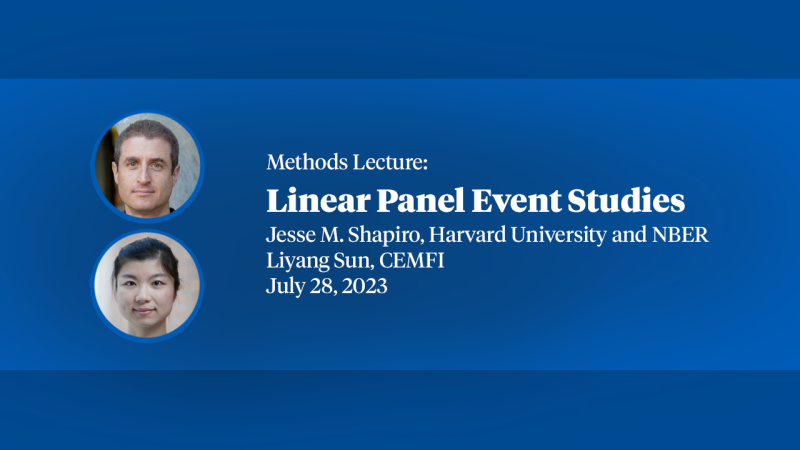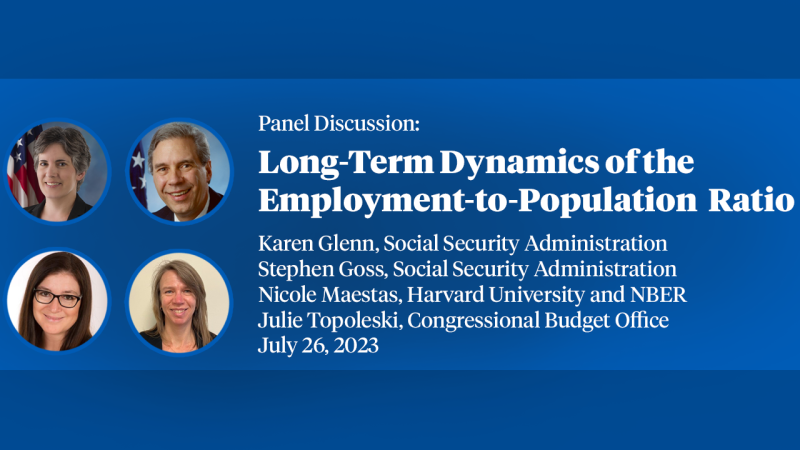Welfare Transfers in Two-Parent Families: Labor Supply and Welfare Participation Under AFDC-UP
This paper examines the effect of cash transfers and food stamp benefits on family labor supply and welfare participation among two-parent families. The Aid to Families with Dependent Children-Unemployed Parent Program has been providing cash benefits to two-parent households since 1961 and recent congressional action has increased its importance. In this model, the husband's and wife's labor supply decisions are constrained by a family budget constraint which is non-convex due to features of the AFDC-UP program. The husband's and wife's labor supply decisions are restricted to no work, part-time work and full-time work. Features of the tax and transfer programs are modeled formally using kinked budget restraints. Maximum likelihood techniques are used to estimate parameters of the underlying hours of work and welfare participation equations. The estimates from the model are used to determine the magnitude of the work disincentive effects of the AFDC-UP program, and to simulate the effects of changes in AFDC-UP benefit and eligibility rules on family labor supply and welfare participation. The results suggest that labor supply and welfare participation among two-parent families are highly responsive to changes in the benefit structure under the AFDC-UP program.
Published Versions
Econometrica, 64 (2), pp. 295-332, (March 1996) citation courtesy of ![]()


